2017 – A Year of the Missile for the Polish Army
During the year 2017, a number of the most important and the most costly Polish Army Modernization Programmes is expected to begin, including the initiative related to the air defence and missile defence systems, as well as to the project, the goal of which is to acquire long-range missile systems. The value of the signed contracts may reach even several billion zlotys, thus, in the upcoming years, it would be desirable to increase the defence expenditure level above 2% of GDP. The modernization process may also be influenced by publication and implementation of the Strategic Defence Review, both with a reference to the procurement system, as well as in relation to the scope of needs of the Polish Armed Forces.
According to the declarations made by the representatives of the Polish Ministry of Defence, 2017 is going to mark a point at which the key army modernization programmes would be initiated, including the initiative, the aim of which is to create the Wisła medium range air defence system. Moreover, a procurement procedure related to multi-role helicopters, defined by the urgent operational requirement, is also seen as one of the priorities. This year, procurement of the equipment for the Territorial Defence component of the Polish Army is also going to be continued. Furthermore, implementation of the Homar rocket artillery programme, Miecznik coastal defence vessel programme, or of the initiative related to the Kruk attack helicopters, should all be initiated.
Implementation of the priority modernization programmes was to begin last year (or even earlier, according to the original plans) but the said process has been delayed. The source of delays should be looked for and seen in underestimation of the funds required to cover the original Technical Modernization Plan, structural deficiencies of the armament procurement system, as well as in the external factors. For example, the deadline on which the IBCS air defence management suite was to enter production (this suite is considered to be one of the key elements of the Wisła programme) has been postponed, as compared with the original plans, which also had an impact on the related procurement process carried out by Poland. Below, we are outlining the selected modernization programmes, the implementation of which should begin in 2017.
1. Wisła Medium Range Air Defence Programme.
As we know, last year a Letter of Request has been sent to the Americans, concerning the acquisition of eight Patriot system batteries, integrated with the IBCS suite. Meanwhile, the United States government was also asked to deliver more information pertaining to the MEADS system, also considered as an option in the Wisła programme. At the moment, the agreement is expected to be signed in 2017. If this does not happen, the process of introducing the missile defence system, which is of key importance for the Polish security, is going to be, yet again, postponed.
2. Helicopters – Urgent Operational Requirement Procurement Procedure.
The issue related to the multi role helicopters, including the ones acquired within the framework of the urgent operational requirement for the Special Forces and for the Navy, is still to be resolved. Following the fiasco of the negotiation procedure concerning the 50 Caracal multi-role helicopters, which have been selected on the basis of the decision made by the former leadership of the Polish Ministry of Defence, minister Antoni Macierewicz announced that Black Hawk helicopters would be acquired for the Polish Special Forces by the end of 2016, which did not happen in the end. Besides the Special Forces, Polish Navy is also going to receive new rotary-winged aircraft which would replace the Mi-14 maritime helicopters. The negotiation, initially involved PZL Świdnik, PZL Mielec and Airbus Helicopters companies, as Antoni Macierewicz, Bell has also “submitted” its offer within the procedure.
3. Homar Rocket Artillery System.
Next year, Homar ground-to-ground rocket system programme is going to be initiated. The said armament is to provide the Polish Army with an ability of attacking targets at distances of at least 300 kilometres. The system in question is considered to be of great significance, mostly due to the threat posed by the rocket artillery of the potential adversary. Polish Armaments Group became a leader of the said programme last year, while the system components are expected to be delivered by the Huta Stalowa Wola facility cooperating with the Polish entities, and with a foreign partner. HIMARS offer (submitted by the United States) or Israeli solution are both being considered. Homar will also complement the current stage of modernization of the Rocket and Artillery units, following the contracts concerning the Rak and Regina systems, concluded in 2016.
4. Territorial Defence.
Another priority of the redefined Technical Modernization Plan is seen in procurement of the equipment for the Territorial Defence component, defined as the fifth branch of the Army. Last year, the first contracts with the Polish industry have been signed, concerning, for example the optronic systems or firearms. Next year, procurement of the observation systems, individual equipment kits, communication systems or light weaponry are all going to be continued onwards, with involvement of the domestic industry. On the other hand, new ATGM systems acquired within the framework of the Pustelnik initiative, shall be delivered to the army in the subsequent years, similarly to some of the vehicles which would be used by the Territorial Defence. As it was announced by the Secretary of State at the Polish Ministry of Defence, Bartosz Kownacki, some of the Territorial Defence expenditure (procurement of equipment, tangible assets, construction works) are going to be covered, throughout the year 2017, with an amount of PLN 831 million. Contrary to the Wisła or Homar programmes, procurement of the equipment for the new branch is going to take a form of several smaller but significant contracts.
5. Kruk, Miecznik, Orlik...
Polish Ministry of Defence has also announced that Miecznik-class vessel programme (coastal defence vessel) or Kruk attack helicopter programme are both going to be initiated this year. A similar situation exists also in case of the short range UAV systems agreement, embedded within the Orlik programme.
Read More: Polish Ministry of Defence: Orlik UAVs To Be Contracted in 2017. Details - Confidential.
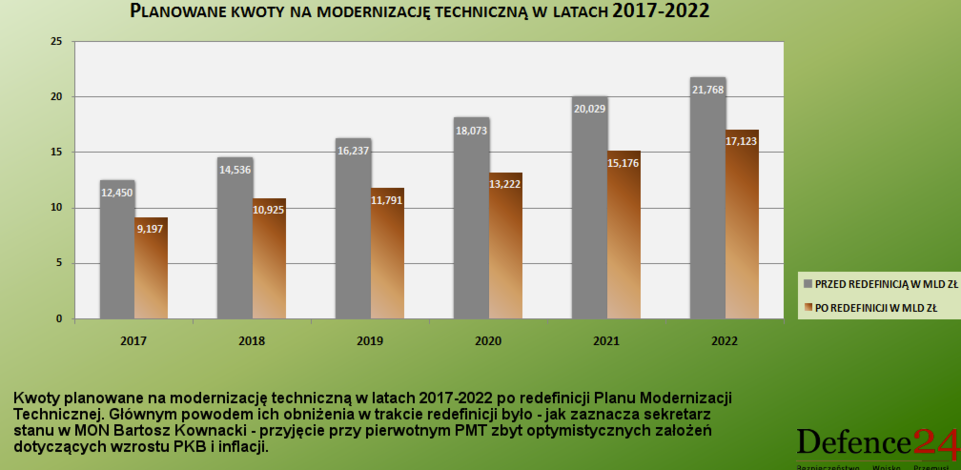
Conclusion of the tenders mentioned above during the year 2017, which would entail signing of the agreements and preparation of the procurement process, is indispensable, from the point of view of the operational requirements of the Polish Army. Any further postponement would have a significant, negative impact on the abilities of the Polish Armed Forces, especially, as mentioned above, most of the procurement procedures face significant delays, as compared to the initial assumptions.
In practical terms this means that the Polish Ministry of Defence would have to sign agreements concerning the armament procurement, the value of which would reach several billion zlotys. The value of the Wisła programme alone, as it was stated by Secretary of State at the Polish Ministry of Defence, Bartosz Kownacki last year, is to be covered by an amount of at least PLN 30 billion. This, on the other hand, poses a risk of accumulation of the cost of the modernization programmes in the upcoming years. And here we do not mean the lack of possibility to initiate the implementation of the individual programmes, as assets that are to be utilized for that purpose are certainly secured in the FY2017 budget, we are referring rather to the procurement tempo, and to the ability to initiate subsequent programmes.
Last year, according to the Polish Ministry of Defence, the budget has been used in full, thanks to the fact that agreements related to the Regina (PLN 4.64 billion), Pilica (PLN 746 million), Piorun (PLN 932 million) procurement programmes, or to the acquisition of the armament for the F-16 (PLN 940 million), have all been concluded. Obviously, the agreements concerning the armament procurement are implemented and financed in a long term perspective. Last year the Ministry decided to pay the advances regarding the listed programmes, to use the budget in full.
This year, financing of agreements the value of which would be much higher could be opened. At the same time, the Polish Ministry of Defence faces a need to pursue other programmes, having a significant impact on the operational capabilities of the Army. Here, we are referring to the urgently needed and delayed Narew air defence system, or to the plans related to a new IFV. The deliveries of the equipment mentioned above may begin at the verge of decades, when Wisła, Homar or Regina programmes would still be in their implementation phase.
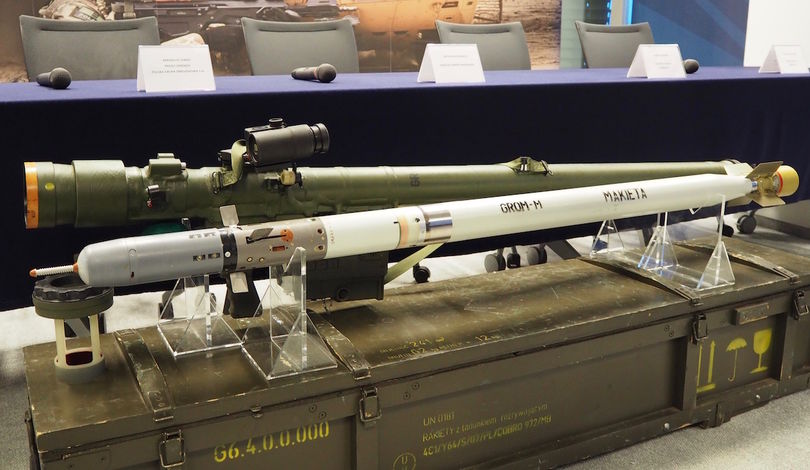
During the redefinition of the Technical Modernization Plan carried out by the current leadership of the Ministry of Defence, the amounts contained within the plan were transformed into values that were more realistic, due to the significant underestimation of the cost of the programmes and excessive optimism regarding the financial indicators related to the budget - inflation and GDP growth. The plan has also been appended with new priorities, also those related to establishment of the Territorial Defence Branch of the Armed Forces.
Major doubts exist, making the implementation of the modernization programmes in their current shape questionable, within the scope of rapid rearming of the Army, and withdrawal of the post-Soviet equipment. For example, the Plan, until the year 2022, does not mention potential procurement of a new multi-role jet for the air force (even though relevant proceedings within that scope may begin), whereas the deadlines on which the deliveries related to the individual programmes are often being postponed. It is also clearly visible that the level of expenditure defined at the level of 2% of GDP, on the basis of which the Plan was redefined, is rather insufficient to make a generational leap in the Polish Army, considering the long-term negligence of the modernization process.
The representatives of the current government have made declarations that the defence expenditure shall be increased, gradually, to the level above 2% of GDP. The Responsible Development Strategy Bill includes a provision assuming that defence expenditure shall be increased up to the level of 2.2% of GDP before 2020, and up to 2.5% of GDP before 2030. Antoni Macierewicz, Minister of Defence, mentioned that 3% of GDP would be the ultimate goal. PM Beata Szydło and Minister Macierewicz both suggest that the process in which the defence expenditure is increased shall begin from 2018, thus next year, the first defence budget bill should be developed, which would assume that the spending would exceed the stated limit.
If implementation of the aforesaid plans is postponed, this will also have an impact on the tempo of the modernization process. The first step in that direction has already been made, as procurement of the VIP aircraft, covered with an amount of PLN 1.7 billion between 2016 and 2021, is to be covered with the assets beyond the limit of 2% of GDP, defined by the Act on Reconstruction, Technical Modernization and Financing of the Polish Armed Forces. The requirements of the Polish Army are much wider. It seems that the level of defence expenditure within the 2018 budget would be relevant for the prospective shape of the modernization process, also within the scope of provision of proper resources. Still, a question remains open, whether access to the additional assets would be granted for the Polish Ministry of Defence, in the light of other initiatives being implemented by the government, e.g. in a form of a reform of the retirement system.
Read More: Jach: Strategic Defence Review as a Basis for Change in the Polish Army
Another factor which, during this year, may be significant for modernization, is the Strategic Defence Review. As we were informed by the Chairman of the Parliamentary National Defence Commission, Michał Jach, within the said review, a whole department is dealing with the armament procurement, which is caused by the fact that the current system is structurally inefficient, which, consequently, has an impact on execution of the modernization process. Jach also stressed the fact that procurement, as well as support of operation or modifications of the used equipment, are of tantamount importance. Thus it is highly probable that this year, structural changes of the procurement system may be expected. The experts suggest that the aforesaid changes shall create a structural “centre of gravity” for the modernization system, probably through creation of a new body, with a working name of “Armament Agency”.
Another factor related to the Review, also of great relevance for the modernization process, is seen in possible modification of the organizational structure and dislocation of the units of the Armed Forces. So far, the Technical Modernization Plan has been based on the assumptions and agenda defined before the Ukrainian crisis, even though proper modifications were introduced after the crisis broke out. Last year, new priorities were included in the plan, e.g. in the sphere of cyber-security.
However, it cannot be ruled out that the review exposes a need to further reform and modify the system, in a way which would expand, not limit the scope of modernization. The journalists do agree though – capabilities covered by the Plan adopted in 2012 should be acquired by the Polish Army. The order in which the individual priorities are pursued remains an open and separate question. Thus it is even more important that there is an option of gradually increasing the defence spending, above the 2% of GDP threshold.
The directions for the expenditure shall include, without any doubt, the air defence systems, beyond the Wisła programme (acceleration of the Narew programme, as well as possible initiation of a mobile air defence programme for the armoured and mechanized units), or ATGMs (Pustelnik programme would be a source of significant hopes here). In the former case, the emphasis is placed on replacement of the obsolete Kub and Newa air defence systems.
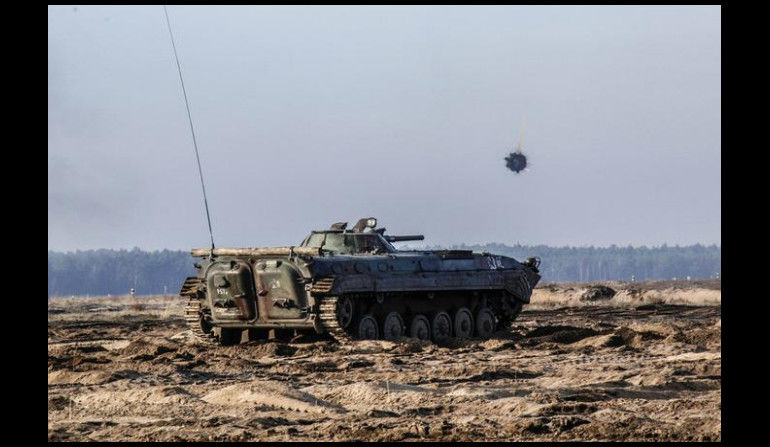
However, creating a multi-layered anti-tank system should still be seen as one of the basic priorities for the Polish Army. This concerns both the anti-tank weaponry, such as ATGMs, anti-tank grenades, as well as the artillery and tank ammunition expected to be introduced, or a mine barrier system. The steps made in that direction may be assessed as insufficient - here a good example is seen in the declaration made last year, that new grenade launchers would be introduced starting from 2021.
It cannot be ruled out that the Strategic Defence Review would become a foundation for the changes expected. The specific nature of the anti-tank weapons (portable systems, ammunition) make it possible to introduce it before new vehicular platforms are acquired, such as the IFV, which, should relevant decisions be made, makes it possible to acquire proper capabilities required in the current geopolitical context in a relatively quick manner. Meanwhile, most of the Post-Soviet equipment, taking into account not only the planned delivery terms, but also the time required to implement the agreements concluded, is going to remain in the active service also after the year 2025.
This year, the Polish MoD faces a need to initiate implementation of several costly and key programmes, which, to a large extent, would determine the shape taken by the process of modernization within the Polish Army, during the upcoming years. In order to make it possible to continue the aforesaid process, expand it with new projects that would, for example, make it possible to replace the post-Soviet military vehicles or aircraft, it is also desirable to increase the defence expenditure in general. Finally, long term foundation for the modernization process are expected to be defined by the Strategic Defence Review.
Considering the fact that, this year, two procurement procedures regarding the strategically important missile systems and technologies (Wisła, Homar), 2017 may bring a breakthrough, when it comes to the capabilities of the Polish Army within that scope. In order to make that happen, the Polish Ministry of Defence needs to avoid potential risks, including the procedural ones, related to conclusion of the programmes-related agreements. On the other hand, continued modernization will be conditioned with establishment of proper structural conditions and long-term financing. Only after the aforesaid conditions are met, one may mention a “generational leap”, seen within the inventory used by the Army.

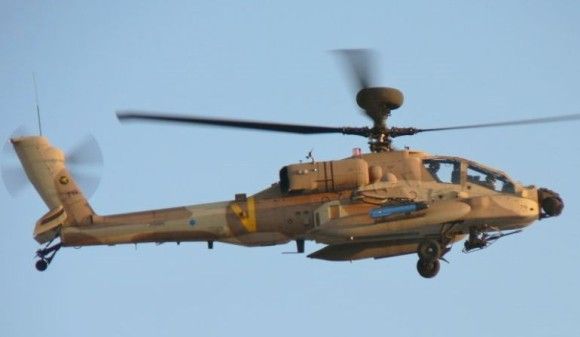
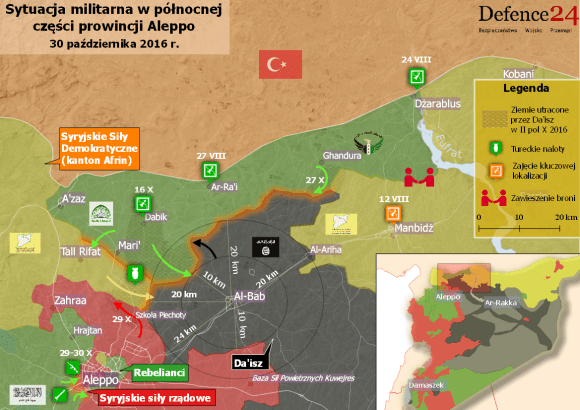

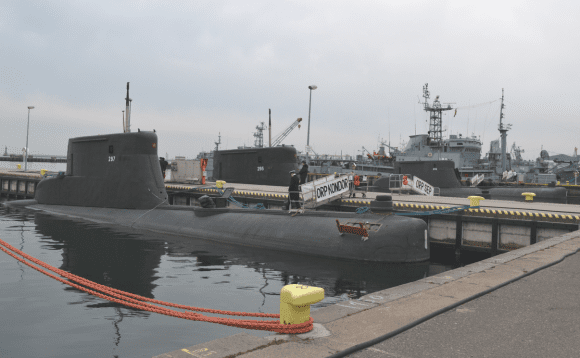
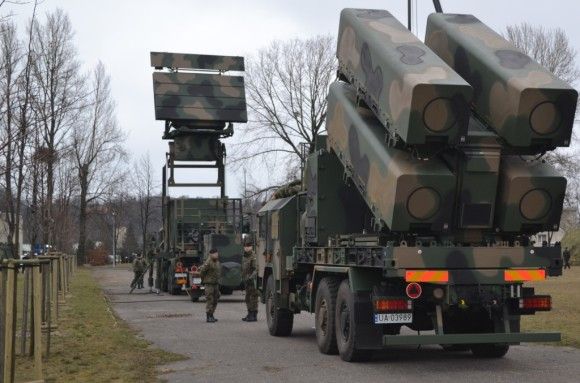
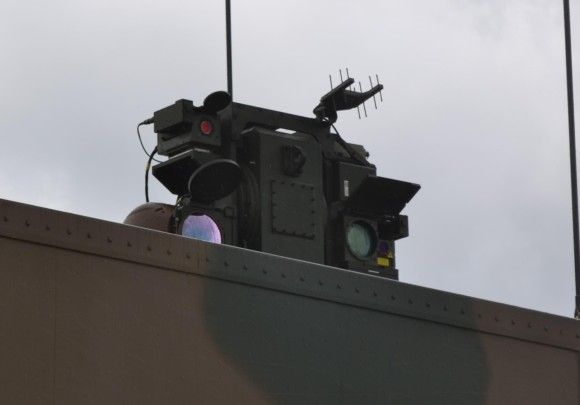
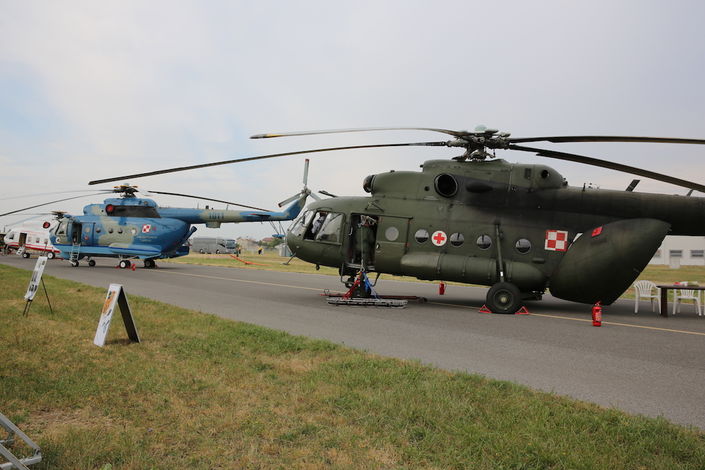
WIDEO: Defence24 Days 2025: Premier Defence & Security Conference in CEE